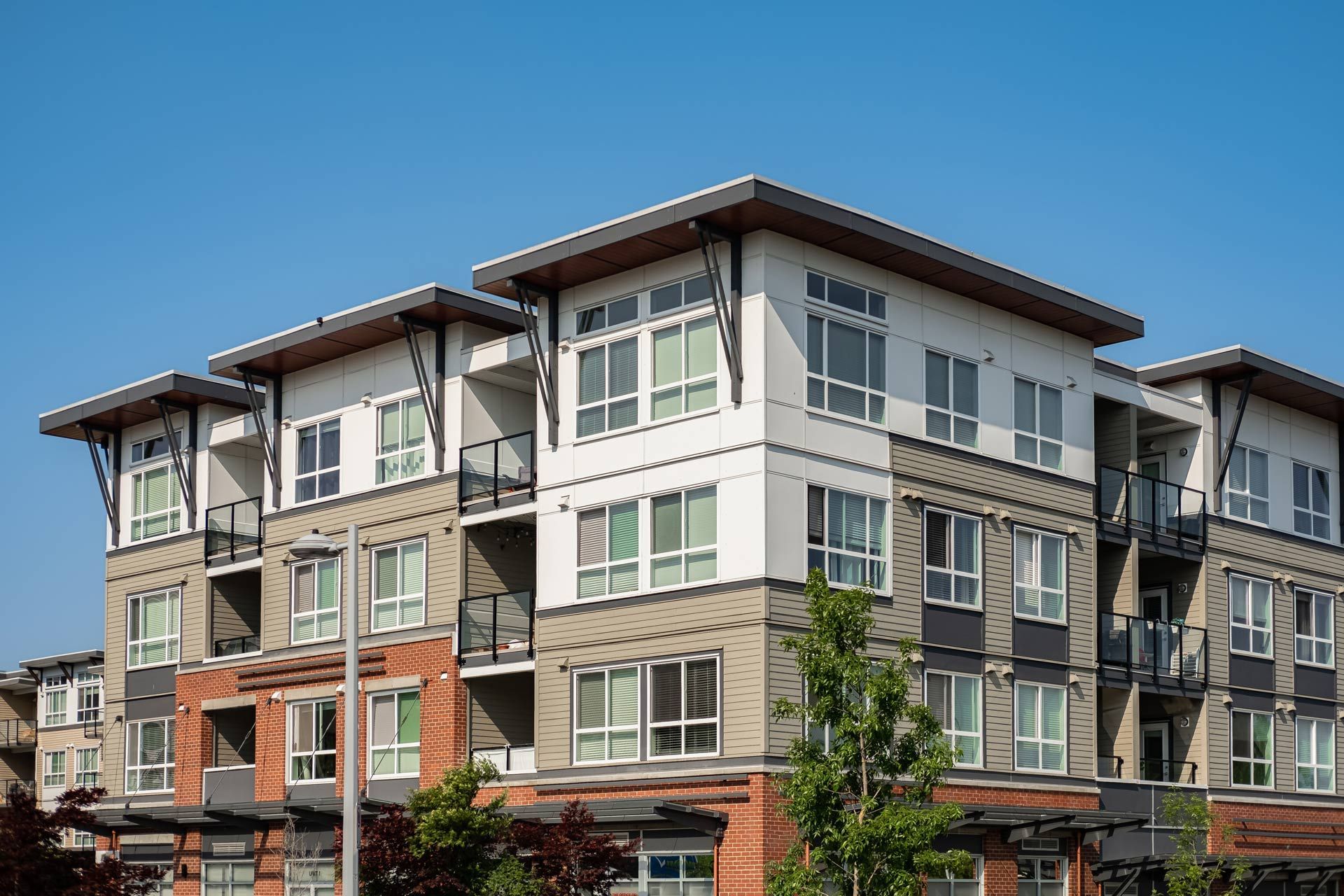Investing in Florida Realty? Discover Local Market Trends
Florida presents a lucrative market for property investments, combining attractive fiscal policies and steady economic growth. Investors benefit from market data and practical strategies to select profitable properties.
This article highlights critical factors such as economic trends, community features, construction methods, legal frameworks, and property appraisal techniques.
Perceptive analysis of these elements helps investors make wise decisions when purchasing property. The discussion provides actionable advice to build a strong portfolio while keeping risks manageable.
Focus is placed on local market signals and efficient planning for long-term returns. Practical methods and objective criteria make sure sound investments in Florida’s real estate market.
Market Analysis
Market trends in Florida reflect steady economic growth and shifting patterns. Data from job markets, spending habits, and construction rates combine to indicate promising property demand. Investors rely on signals to identify favorable opportunities and balance supply with buyer interest.
1. Economic Trends
Economic indicators show gradual income growth and steady job creation across major cities. Recent data reveal increased spending in residential sectors and modest price rises. Local projects and business openings contribute to a stable market environment. Property investments are often supported by favorable tax settings and low-interest rates, making the market attractive. Observing these trends assists investors in timing purchases and capitalizing on periods of economic advancement with cautious optimism.
2. Consumer Behavior
Changes in buyer habits indicate a shift toward properties with updated features and convenient access to services. Preferences lean toward modern layouts and proximity to shopping and schools. Growing segments, including families and retirees, influence market demand. Adjustments in lifestyle and spending patterns lead to varied property selections. Investors take note of these signals to decide on property improvements and acquisition timing, aiming for returns and secure long-term investments.
3. Supply-Demand Balance
Available properties compared to buyer requests create a measurable market ratio. Increased new housing projects meet rising demand without saturating inventory. Construction pace and home listings show balanced figures that influence pricing. Fluctuations in supply and demand often reflect neighborhood development and population levels. Investors monitor these figures to decide when to enter the market, ensuring that property purchases are well-timed for price stability and potential growth within Florida’s regions.
Location Selection
Selecting a location requires careful review of community features, accessibility, and projected development. Florida’s regions offer varied characteristics that affect property appeal. Detailed local data reveals trends in neighborhood amenities, transport links, and future growth prospects for accurate investor choices.
1. Community Attributes
Neighborhoods with quality schools, healthcare, and recreational parks attract steady interest. Local improvements in public services contribute to higher property demand. Residents benefit from a well-organized community structure, which increases overall property values. Investment decisions are influenced by factors such as safety, social opportunities, and family-friendly environments. Prospective buyers favor areas that offer clear benefits and amenities, ensuring attractive returns on investment over time, promising growth for long-term success indeed.
2. Accessibility Factors
Areas near major highways, transit hubs, and business centers draw increased interest. Convenient transport options reduce commuting times and add value to properties. The presence of public amenities and retail centers enhances local appeal. Buyers often prioritize locations with reliable road networks and close proximity to daily necessities. Such factors contribute to stable market performance and potential rental opportunities, making these areas desirable for solid investment returns and practical conditions.
3. Growth Prospects
Future developments and municipal projects signal rising property values. Planned community projects and new business centers add interest to previously overlooked areas. Investors pay attention to local announcements regarding zoning adjustments. Areas with scheduled public works show potential for increased demand and steady price progress. These prospects provide opportunities for those seeking profitable investments and appreciation, marking promising moments for investors to acquire properties before markets fully adjust with caution.
Investment Strategies
Various approaches exist for property investments, including improvements to existing structures and constructing new buildings. Investors use practical techniques to achieve higher returns and manage risks. Market data and financial tools support decision-making for well-timed property acquisitions with careful planning.
1. Renovation Projects
Investors often purchase older properties and renovate to increase market value. Upgrades in fixtures, layouts, and finishes attract more interest from renters and buyers. Projects may involve minor repairs or full-scale remodeling, depending on market potential and budget constraints. Cost-effective improvements result in higher sale prices and rental incomes. Renovation projects are considered a practical method for increasing returns on investment when executed with proper financial planning, yielding strong profits.
2. New Construction
Constructing new buildings offers opportunities to start with modern designs and energy-efficient features. Investors commission projects that incorporate standards and layouts, appealing to modern buyers and tenants. New construction minimizes maintenance issues and meets regulatory codes. The approach allows developers to target specific market segments and set competitive pricing. This method often results in high returns due to the appeal of contemporary facilities and strategic positioning in developing neighborhoods successfully.
3. Risk Management
Assessing market conditions and project costs helps lower potential setbacks. Investors allocate funds prudently and maintain diversified property portfolios to mitigate uncertainties. Insurance coverage and budgeting minimize losses during downturns. A planned approach to managing expenses and unexpected repairs supports steady returns. Attention to market fluctuations and careful financial scheduling reduce risks, offering a safer investment environment that attracts both cautious and proactive investors seeking reliable property performance over time.
Regulatory Environment
Legal and procedural matters shape property investments in Florida. Local and state policies determine construction norms, permit requirements, and tax conditions. Investors rely on current laws and timely updates to manage projects and remain compliant with regulatory standards in markets.
1. Legal Frameworks
Recent legislative changes affect property rights and building standards. Tax regulations and zoning laws set the parameters for both new projects and renovations. Legal rules create a structure that investors must follow to avoid complications. Staying updated on policy changes can help manage project timelines and financial commitments. These legal frameworks provide a foundation for safe property investments within the Florida market, influencing decisions on acquisition and development consistently today.
2. Permit Processes
Local authorities maintain structured procedures for property permits. Applicants submit detailed plans and pay fees to obtain approvals for construction or renovations. Efficient permit systems reduce waiting periods and make sure that projects comply with local safety standards. Investors review these procedures to align their project schedules with administrative requirements. Clear permit processes contribute to smoother operations and minimize delays during property development in various counties across Florida for timely approval.
3. Policy Shifts
Changes in government policies can affect property tax rates, land use, and development incentives. Investors monitor policy announcements to adjust project scopes and budgeting. Shifts in political priorities may lead to revisions in local zoning and construction guidelines. Staying aware of these adjustments helps avoid potential setbacks during property acquisitions and project planning. Monitoring policy shifts remains a key step in maintaining a favorable legal position in Florida’s market today.
Property Evaluation
Assessing property features and local performance is important for profitable investments. Detailed inspections, market comparisons, and financial calculations support valuation. Investors use criteria to decide on purchase prices and potential improvements that align with market conditions and future value growth.
1. Inspection Techniques
On-site evaluations assess building structure, interior condition, and material quality. Visual inspections combined with professional reports reveal repair needs and potential upgrades. Detailed checklists cover electrical, plumbing, and safety components. Such reviews help establish current property status, allowing investors to estimate repair costs. Thorough inspections lead to more informed investment decisions and help determine fair pricing in competitive markets, ensuring properties meet buyer expectations and regulatory standards for optimal value.
2. Valuation Metrics
Investors compare market sales, rental yields, and price per square foot to set fair property values. Statistical data and recent transactions form the basis of these calculations. Price trends and local economic indicators contribute to the appraisal process. Clear metrics help establish whether a property is priced attractively. These valuation figures assist in making well-informed investment selections that reflect both market conditions and anticipated future appreciation for better returns.
3. Strategic Criteria
Investors set clear benchmarks such as location quality, repair needs, and price trends to estimate properties. Specific factors include neighborhood safety, proximity to amenities, and potential for price growth. Each criterion is measured against market data and past sale performances. This systematic approach results in realistic offers and minimizes surprises. Clear standards help compare multiple properties objectively, ensuring that acquisitions match investment goals and provide steady returns over time consistently.
Pathway to Prosperity
Florida’s property market presents rewarding opportunities with a mix of stable economic signals and well-positioned neighborhoods. Investors can benefit from analyzing local trends, selecting promising areas, employing varied investment methods, and working within current legal frameworks. Each strategy discussed reinforces the approach needed for a successful property portfolio, from upgrading existing assets to starting new projects and keeping a close watch on market shifts.
United Holdings International, LLC stands ready to support investors through tailored advice and effective planning. Smart investment choices depend on clear market signals, careful planning, and attention to local conditions. Successful projects have shown that a focus on quality improvements and structured risk control results in solid returns over time.
Invest smart in Florida. Discover prime property locations today. United Holdings International, LLC provides the tools and support necessary for sound decision-making in Florida’s real estate arena. By keeping an eye on buyer patterns, property conditions, and legal requirements, investors can position themselves to capitalize on emerging opportunities. Reach out at (561) 956-2700 or joe@dwellingsplus.com to start building a stronger investment portfolio and secure long-term financial success through focused property investments.




